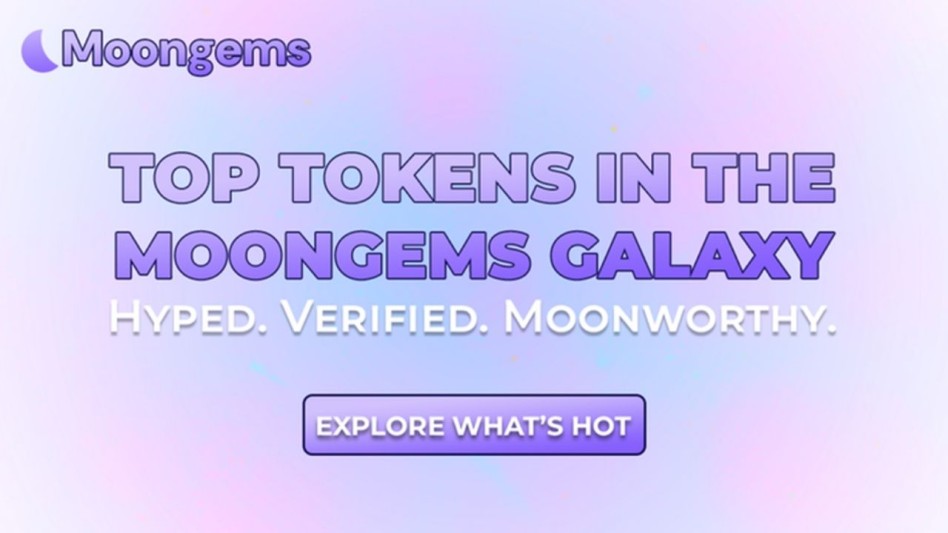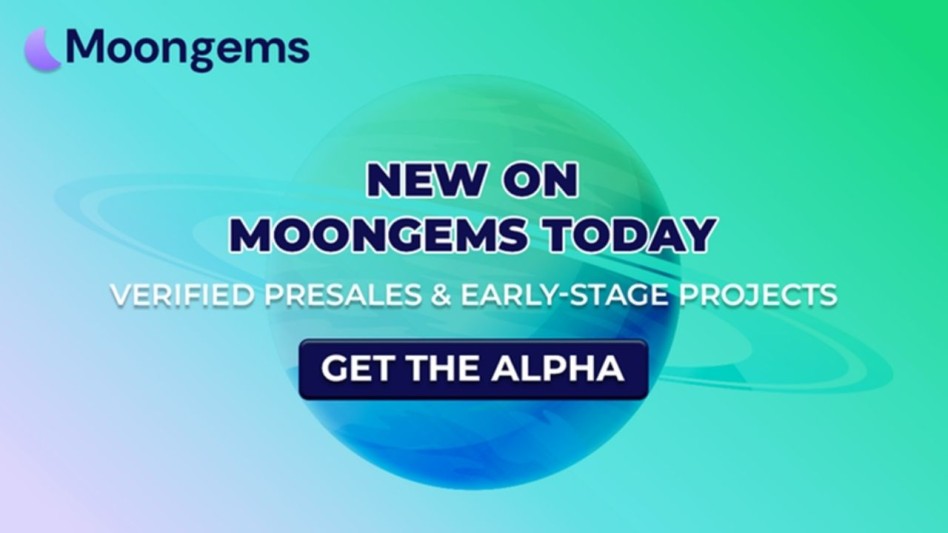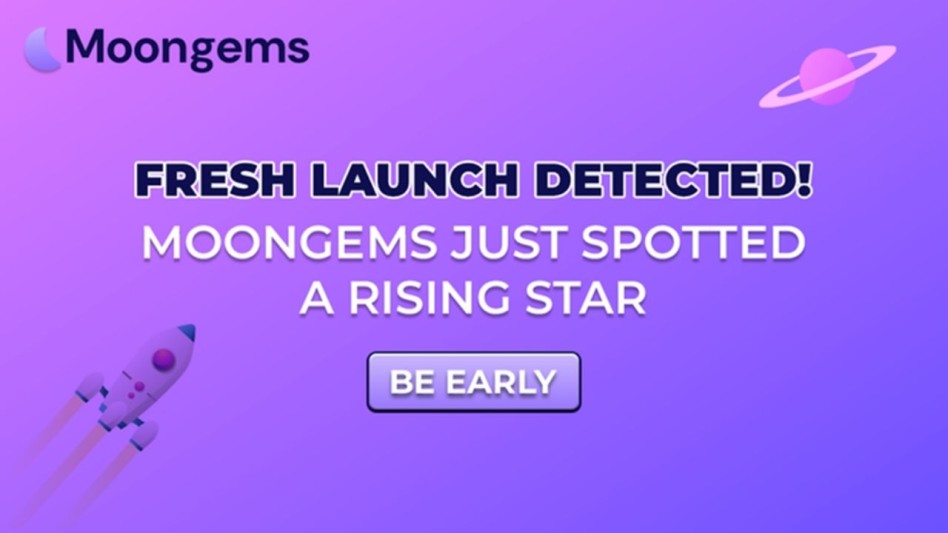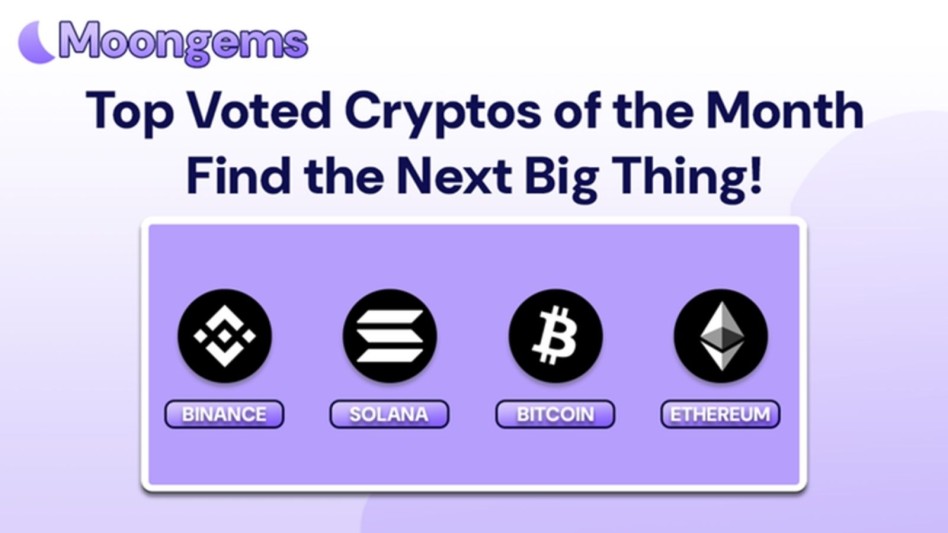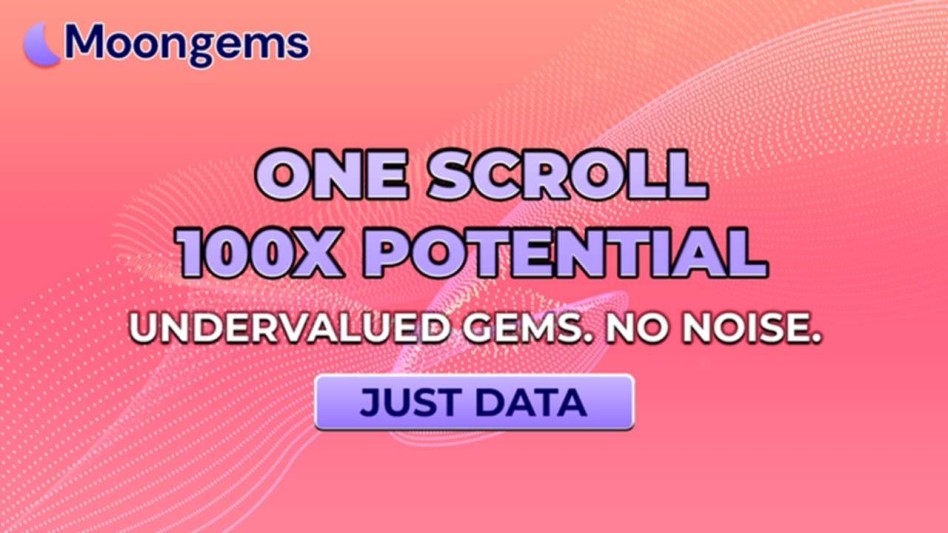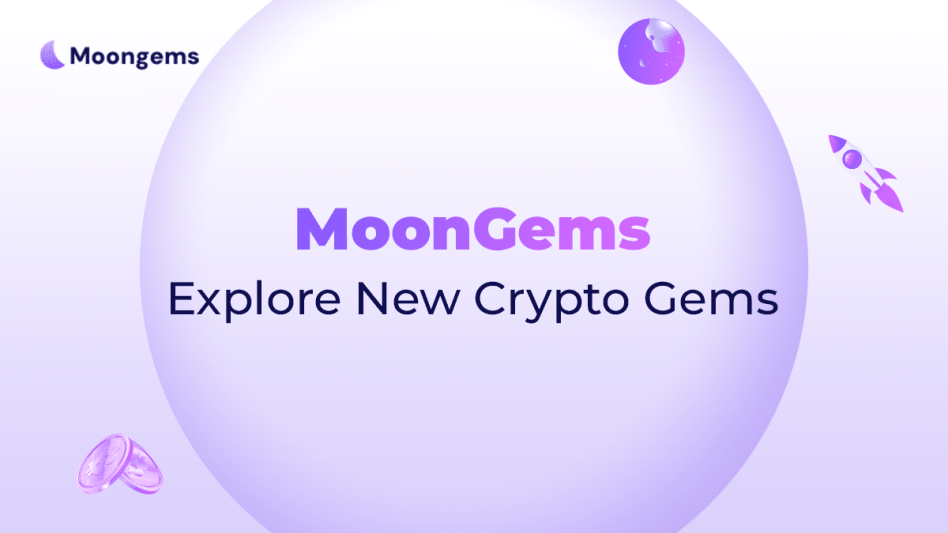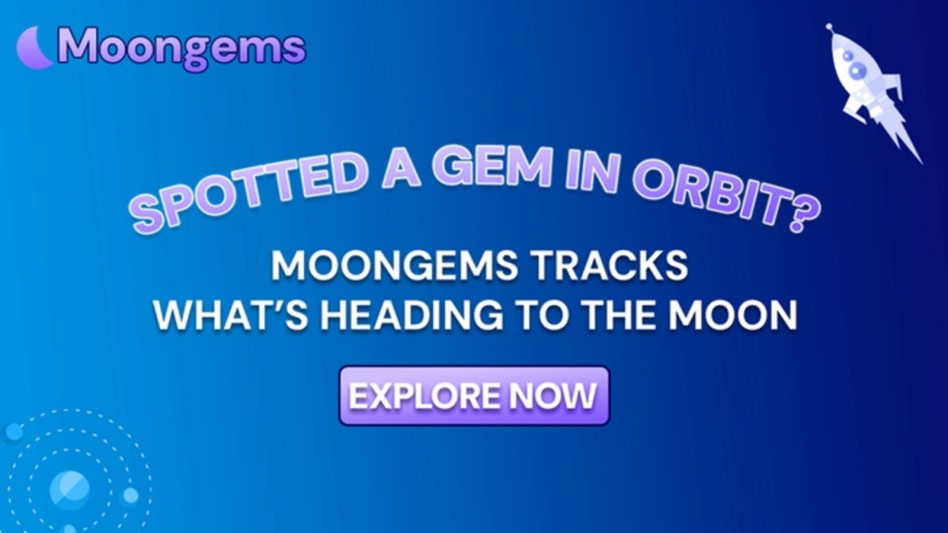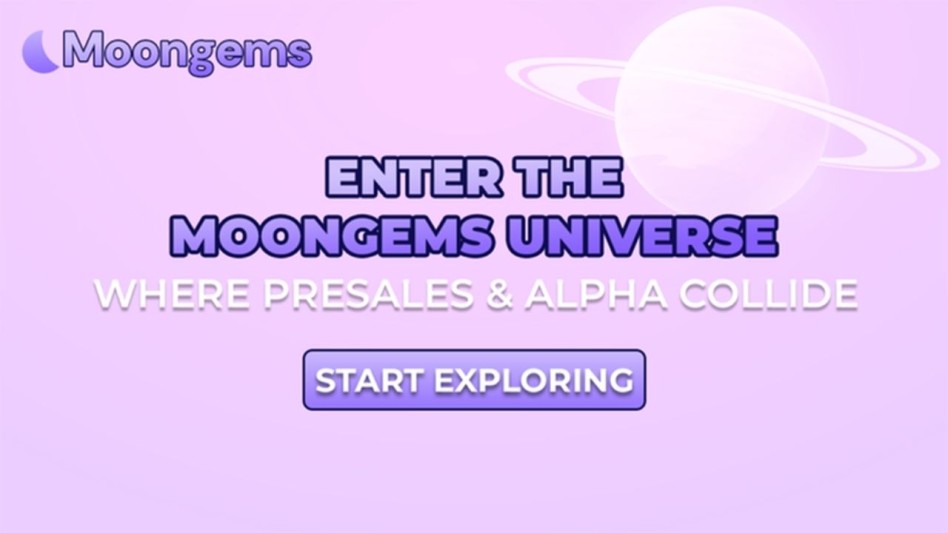Author: Jawad Hussain – Crypto Analyst & Web3 Researcher | 9+ years tracking presales, IDOs, and token launches. Follow him on Twitter and LinkedIn.
In crypto, not all investors are created equal. While retail participants hustle for whitelist spots and hunt for the next hidden gem, whales — large-volume investors with significant capital — often move silently behind the scenes, shaping the direction, price action, and even the success of presale projects.
Understanding whale behavior isn’t just useful — it’s necessary. Whether you're trying to time your entry, avoid getting dumped on, or gauge a project’s long-term sustainability, knowing how big money operates during presales can protect you from serious missteps.
This article explores the role of whales in early-stage token launches, the risks they pose to smaller investors, and how to use platforms like MoonGems to track their influence before you buy in.
What Is a Crypto Whale?
A crypto whale refers to an individual, fund, or entity that holds — and often trades — large amounts of cryptocurrency. In the context of presales and ICOs, whales typically buy up a substantial portion of tokens during private rounds, seed stages, or early presale allocations, often at significantly discounted prices compared to public offerings.
Because of their size, whales can:
- Move token prices dramatically with one transaction
- Influence project governance (if tokens offer voting rights)
- Drain or inject liquidity into decentralized exchanges
- Create FOMO — or fear — simply by entering or exiting a position
In presales, whales cannot just participate but can define the game. That’s why tracking and analyzing their involvement should be part of any retail investor’s due diligence process.
1. Private Round Allocations: Discounted Risk for Big Players
Most crypto projects don’t start raising capital at the public presale stage. Long before the public hears about a new token, private rounds — also called seed or strategic rounds — are conducted to bring in capital from high-net-worth individuals, angel investors, and crypto venture funds. These early participants typically receive tokens at a deep discount, often 2x to 10x lower than the price offered during public sale rounds.
This creates a structural disadvantage for retail investors. When the token launches, early investors are already sitting on significant unrealized gains. If their vesting schedule is short—or worse, unclear—they may dump on the market the moment liquidity is provided. This can create downward price pressure immediately after launch, often wiping out public investors who bought in later and at higher prices.
To protect yourself, always review the token allocation breakdown. If 20% or more is reserved for private rounds with minimal lockups or vesting periods, that’s a red flag. Platforms like MoonGems.io provide clear visualizations of token distribution, including private round vesting terms, giving retail investors critical insight before they commit funds.
2. Whale Wallet Tracking: Signs of Accumulation or Exit
Once a project launches, one of the most powerful tools available to retail investors is wallet tracking. By monitoring known whale wallets, you can observe real-time behavior: whether they are accumulating, staking, transferring to exchanges, or selling off.
Projects with high whale concentration — where a few addresses control a large percentage of the circulating supply — are particularly susceptible to sudden price swings. For example, a whale offloading just 2% of supply on a low-liquidity DEX can trigger a 30% price drop.
Some presales make this worse by failing to implement anti-whale mechanics. Others may have intentionally obfuscated wallet data to hide concentrated ownership. In either case, retail buyers should proceed with caution.
MoonGems.io integrates wallet analysis features that flag supply concentration, suspicious transaction timing, and dump patterns. You don’t need to be a blockchain forensics expert — MoonGems turns complex on-chain data into readable risk signals, so you know when to proceed and when to step back.
3. Governance Influence: When Whales Control the Vote
In governance-enabled tokens (especially DAOs), whales often exert outsized control over protocol decisions. If one entity controls more than 10% of the supply, they may be able to:
- Approve or block treasury disbursements
- Change token utility rules or staking rewards
- Influence listings or strategic partnerships
- Push through proposals that benefit early backers at the expense of the community.
Retail investors may not notice this until it's too late. A protocol can appear “community-driven” but still operate as a centralized fiefdom under the surface.
The key is to analyze the governance design: Are voting rights 1:1 with tokens? Is delegation possible? Are any safeguards in place to prevent whale monopolization? Legitimate projects build with decentralized governance in mind — but vapor projects may use DAOs as a buzzword while centralizing control.
MoonGems includes indicators for governance structure, token voting rights, and treasury wallet transparency. These insights can help you spot whether a project is truly community-first or whale-dominated.
4. Liquidity Games: When Whales Control the Pool
Another common tactic among presale whales is to exert influence through liquidity provision. In decentralized markets, liquidity providers (LPs) decide how much of a token is paired against a stablecoin or base token on a DEX. Whales who receive large allocations may also act as LPs — but with hidden motives.
A whale might provide liquidity just long enough to exit their position, then pull the liquidity, destabilizing the market and preventing smaller investors from exiting. Others may seed a pool with manipulated prices, front-run launches, or create the illusion of deep liquidity that disappears when volume spikes.
The best way to avoid getting caught in this is to confirm whether LP tokens are locked, time-bound, or split between team wallets and third parties. MoonGems.io tracks LP lock status and visualizes liquidity movements across major DEXs so you can confirm that liquidity isn’t just deep — it’s trustworthy.
5. Public Manipulation: The Fear and FOMO Tactics
Finally, let’s talk about social influence. Whales aren’t just silent investors — they’re often loud promoters, too. Some whales post large buys publicly to generate FOMO, only to quietly sell hours later. Others coordinate campaigns with influencers to pump prices and exit once the hype peaks.
This kind of narrative manipulation is particularly dangerous in presales, where transparency is limited and price discovery is weak. Retail investors often interpret a single whale buy as validation of a project, not realizing it may be part of a short-term strategy with no long-term commitment.
Pay attention to whale behavior over time, not one-off transactions to avoid falling for these traps. A whale who dollar-cost averages into a project over weeks is more trustworthy than one who appears during hype windows. Use MoonGems.io’s tracking dashboard to view wallet activity trends, staking behavior, and buy/sell history — so you can interpret moves in context, not isolation.
How MoonGems Helps Retail Investors Navigate Whale Behavior
MoonGems.io was built to level the playing field — helping retail investors see the same data that whales and VCs rely on. With MoonGems, you can:
- Analyze token allocations across private, public, and team wallets
- View real-time whale wallet activity
- Track governance dynamics and token voting structure
- Monitor LP lock status and liquidity pool shifts
- Receive alerts on whale buys, sells, and staking changes
By combining this data with human insight, MoonGems gives you the tools to avoid becoming exit liquidity — and instead position yourself alongside smart capital, not under it.
Conclusion
Whales are not the enemy. In fact, when aligned properly, they can provide stability, confidence, and deep liquidity to early-stage projects. But when unchecked, they can also unbalance tokenomics, suppress price performance, and manipulate retail sentiment.
That’s why understanding whale behavior — not just admiring it — is so important. With the right tools and awareness, you can identify the signs of healthy accumulation, governance risk, and exit traps before they impact your portfolio. MoonGems makes that process faster, simpler, and data-driven.
In 2025, presale investing is not just about being early — about being informed. Follow the money, read the on-chain behavior, and trust the tools that reveal what’s really happening.
Frequently Asked Questions (FAQs)
- What is a crypto whale in presale investing?
A whale is an investor or entity with significant capital who can buy large allocations of tokens early, often at discounted rates. Their behavior can impact price, liquidity, and governance. - How do whales affect token price after launch?
If their tokens vest quickly or are unlocked at launch, whales can dump large amounts into the market, causing price crashes or volatility spikes. - Are all whales harmful to presale projects?
No. Some whales provide critical funding, LP support, and stability. The risk comes from misaligned incentives or short-term speculation. - How can I check if whales are involved in a project?
Use platforms like MoonGems.io to review token allocation tables, track large wallet addresses, and monitor sell activity across DEXs. - What’s the best way to protect myself from whale manipulation?
Avoid projects with unclear vesting, opaque liquidity, or sudden price spikes based on influencer hype. Combine on-chain research with trusted tools like MoonGems.io.
Glossary of Key Terms
Whale – A crypto investor or entity with a large volume of tokens or buying power.
Private Round – A fundraising stage before the public presale, usually offering tokens at steep discounts.
Governance – The decision-making framework within a crypto project, often involving token-based voting.
Liquidity Pool – A smart contract that holds token pairs for decentralized trading.
LP Tokens – Proof of liquidity provided, often used to withdraw funds from a pool.
Dumping – Selling large amounts of tokens quickly, often to realize profit before others.
Wallet Tracking – Monitoring crypto addresses to analyze behavior patterns.
MoonGems.io – A platform providing research tools for crypto presale and early-stage token analysis.
Exit Liquidity – When new investors are used as the buyers for insiders looking to sell.
Token Vesting – A lock-up schedule that delays token release to prevent early dumping.
Disclaimer
This content is for informational purposes only and does not constitute financial advice. Investing in crypto presales carries risk, including potential capital loss. Always do your own research (DYOR) and consult professional advisors before participating in early-stage investments.



